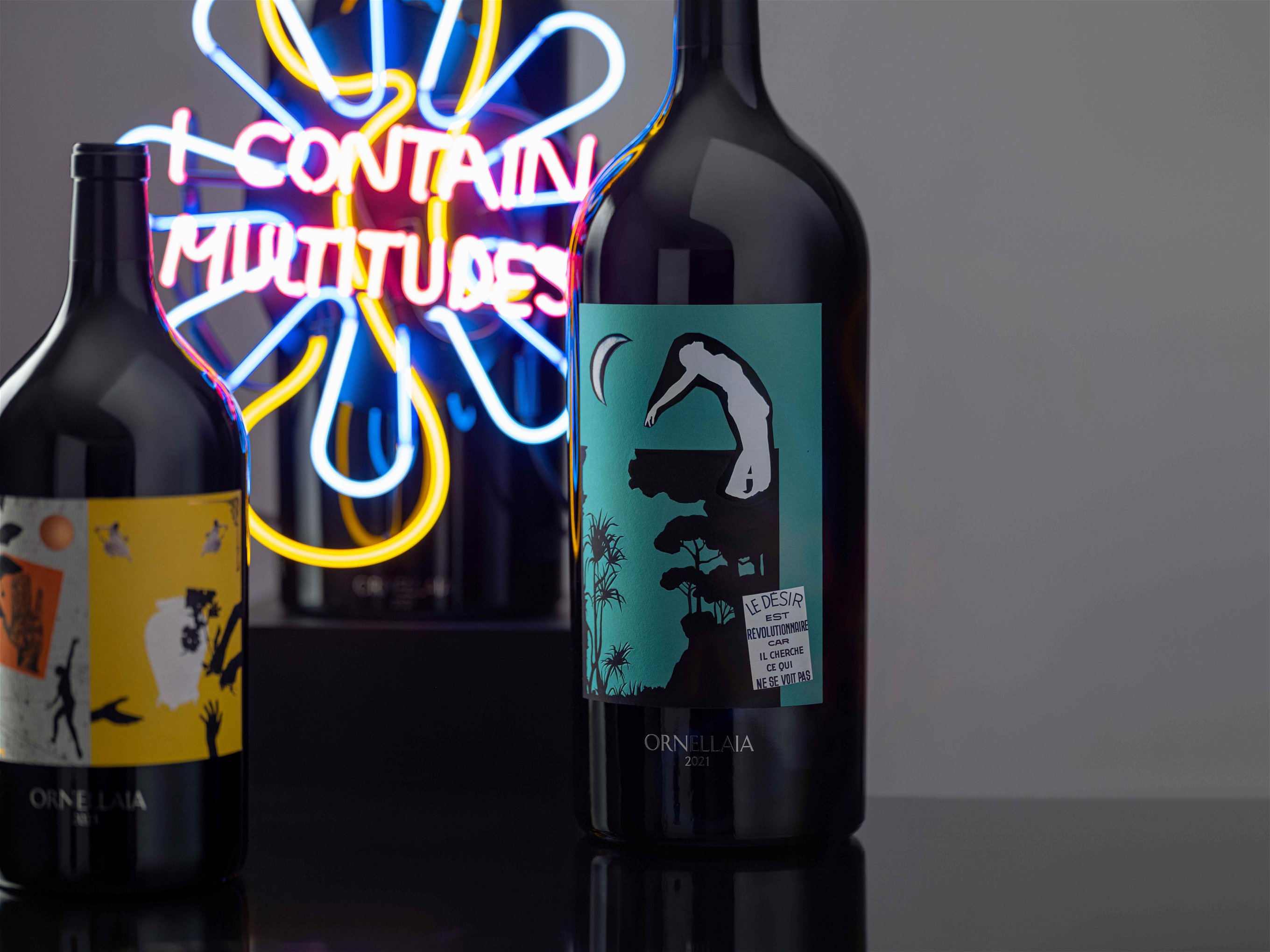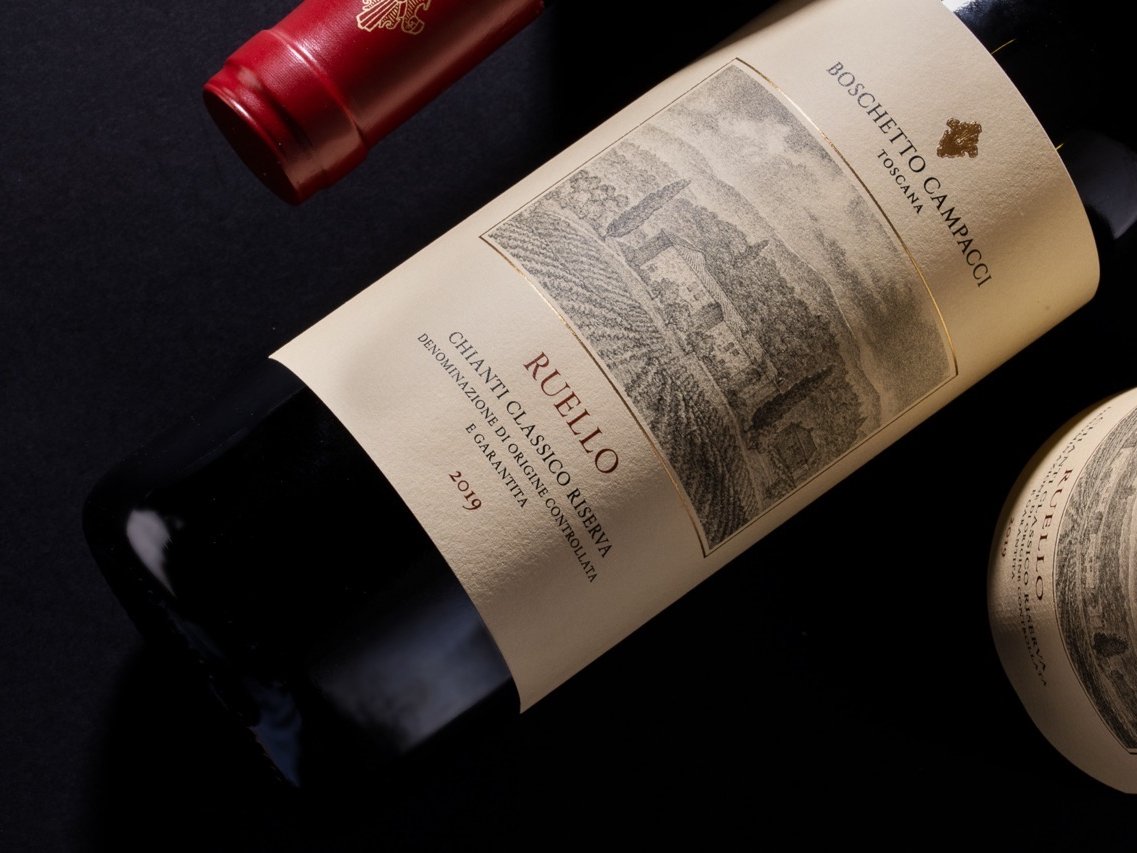The impact of climate change on Sauvignon Blanc
How does Sauvignon Blanc adapt to a changing climate? Falstaff spoke to an expert in New Zealand to find out.
Dr. Mike Trought, adjunct associate professor at New Zealand’s Lincoln University and honorary fellow of Plant & Food Research New Zealand, notes that any discussion of Sauvignon Blanc’s adaptability to climate change, “depends on the interpretation of adaptable.”
He points out that while Sauvignon Blanc grows in a range of climates, its aromatic expression is directly linked to climate. Marlborough’s ground-breaking style with its mix of green and tropical flavours is thus endangered by a warming climate. Sauvignon Blanc is indeed suited to warmer climates, like California, but particular aspects of its aromatic expression may be lost. Trought says that preserving the intriguing mix of green and tropical notes can be managed, to a degree, by “a number of alternative management strategies” like “vineyard development in cooler, higher latitudes and/or altitudes.”
Viticultural methods like “earlier harvest, increased leaf cover, manipulating the leaf area and the fruit-mass ratio by trimming the vines may be used to maintain the current flavour profiles in a warming climate.” But this will only go so far, he notes: “These practices may counteract a small increase in average daily temperature,” like +0.5°C, “enabling current grape cultivars to continue to be grown in traditional regions. However, these modified practices may be insufficient” with higher temperature increases.












